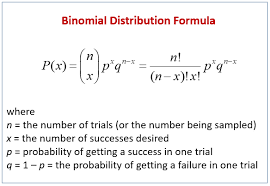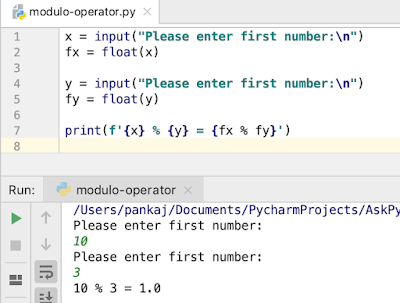Big Data analytics vs. Machine learning: Key Differences
Data drives modern world organizations, so
don't be surprised if I call this world a world based on data. Today's business
enterprises owe much of their success to a knowledge-oriented economy. The
volume, variety, and speed of available data have grown exponentially.
The way in which an organization defines its
data strategy and its approach to analyze and use the available data will make
a critical difference in its ability to compete in the world of future data.
As there are many options available in the data
analysis market these days, then this approach includes many options that
organizations need to make, what framework to use? What technology to use, etc.
One of these
approaches are the choice between Big Data and Machine Learning.
According to Big Data training in Bangalore, Big data is a term that describes
the data characterized by 3V: the extreme volume of data, the wide variety of
data types and the speed at which the data should be processed.
The field of Machine Learning is so extensive
and popular these days that there are many machine learning activities in our
daily lives and will soon become an integral part of our daily routine.
Here are some of the differences between big data and machine learning and how they can be used:
1. Generally, big data discussions include
storage, ingestion and extraction tools commonly Hadoop whereas machine
learning is a subfield of Computer Science or AI that gives computers the
ability to learn without being explicitly programmed.
2. The big data analysis as its name suggests
is the big data analysis when discovering hidden patterns or extracting
information from them. Therefore, in the big data analysis, the analysis is
done in big data. Machine learning, in simple terms, is teaching a machine on how
to respond to unknown inputs and offer desirable results through the use of various
machine learning models.
3. The normal big data analysis consists of
extracting and transforming data. To extract information, which can then be
used to power a machine learning system to perform additional analyses to
predict the output results.
4. Big Data has more to do with high-performance computing, while machine learning is a part of Data Science.
5. Machine learning performs tasks where human
interaction does not matter whereas, big data analysis includes the structure
and modeling of data that improves the decision-making system and therefore
requires human interaction.
If you have
already immersed yourself in all these things, then you are undoubtedly
prepared to become a big data developer from an excellent India’s largest big data training institute in Bangalore.




Comments
Post a Comment